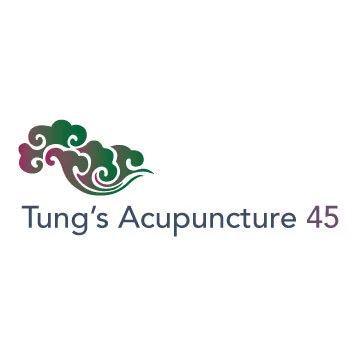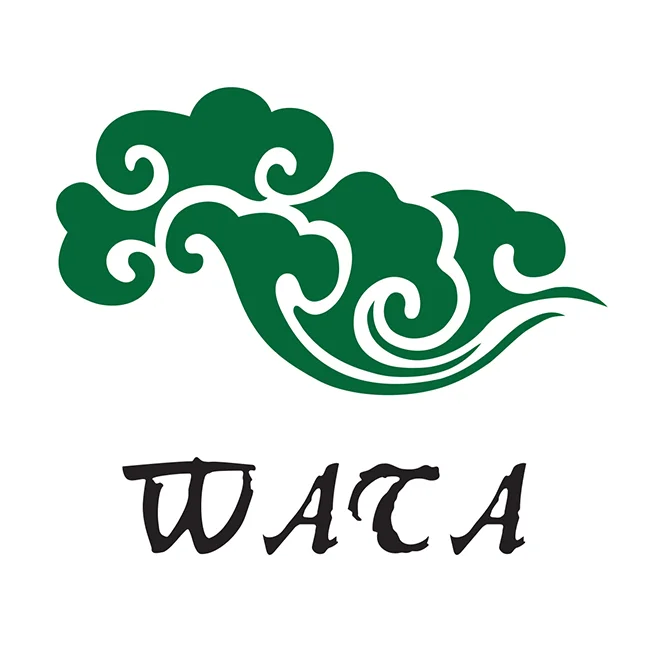2: How to apply Zang Fu Bei Tong (extraordinary connections of Zang Fu organs) theory to acupuncture?
/This is a broad question. The applications of Zang Fu Bei Tong are numerous and flexible. Here I would only give a brief introduction. A general application is the mutual-treatment, which means the communicating/connecting organs mutually treat each other.
1. The extraordinary connection of Lung and Urinary Bladder
Lung governs soothing qi; while Urinary Bladder circulates water. Using Lung channel points to treat Bladder channel diseases imply the meaning of “lifting the cap to release water in the kettle.” Needle Leique (LU7) to treat frequent urination or profuse urine; Chize (LU5) to treat urinary diseases and lumbago. Besides, needling Yuji (LU10) can treat backache along the distribution of Bladder channel. Needling the back-Shu points on the Bladder channel can treat asthma; Weizhong (UB40) to treat skin diseases and severe sores are very effective. Those are the examples of extraordinary connections of Lung and Bladder.
In the application of Tung’s points, Chongzi (22.01) and Chongxian (22.02) located on the Lung channel are often selected to treat backache along the Bladder channel. The disorders of the uterus are also related to the Bladder channel (for details, please read chapter one of the Lecture on Tung’s Acupuncture: Therapeutic System). And hence the selection of Chongzi and Chongxian can be used to treat hysteromyoma and this therapeutic effect is closely related to the extraordinary connection between the Lung and the Bladder. The therapeutic effect of point Fuke (11.24) located on the Lung channel, which can treat gynecological diseases, uterine diseases in particular, is also based upon the theory of extraordinary connection of Zang Fu.
Some Tung’s points located on face such as Majinshui (1010.13), Makuaishui (1010.14), Liukuai (1010.16), Qikuai (1010.17), etc., although they are not located on the Lung channel, can treat urinary difficulty and stones. This is because the ideas of “opening the upper orifice to activate the lower orifice”; and “lifting the cap of a teapot to release the water in it.”
2. The extraordinary connection of Spleen and Small Intestine.
In acupuncture treatment, Wangu (SI4) is often used for obesity. In ancient classical literature, it is often selected to treat jaundice due to damp heat (see Tong Xue Zhi Yao Fu—Ode of Commonly Used Important Points; Yu Long Ge—Song of Jade Dragon and Yu long Fu—Ode of Jade Dragon). Wangu (SI4) is the yuan-source point of the small intestine and can eliminate dampness and strengthen the spleen. The Tung’s extraordinary point Ganmen (33.11) is also located on the small intestine channel and is indicated in hepatitis for the same reasons as those of the Wangu (SI4). All the ancient and contemporary physicians considered it is important that hepatitis should be treated by eliminating the dampness. In cases of Yang jaundice due to acute hepatitis, emphasis of treatment should be placed on the Yangming; while in case of Yin jaundice in chronic hepatitis, the emphasis should be placed on eliminating dampness. The small intestine is the organ of irrigation and has very strong ability to eliminate dampness. Besides, the spleen point Yinlinquan (SP9) can be selected to treat periarthritis of the shoulder with great result. The point Shenguan (77.18), located 1.5 cun inferior to Yinlinquan can treat frozen shoulder with even more remarkable effect. Selecting Shenguan to treat hand numbness due to cervical spondylosis is also based on the extraordinary connection of the spleen and the small intestine. Xinmen (33.12) point is selected to treat knee pan because it has dual functions of eliminating dampness and strengthen the heart.
3. The extraordinary connection of Heart and Gall Bladder
In acupuncture, needling point Fengshi (GB31) of the gallbladder channel is very effective for insomnia, heart disease and cholecystitis. Needling point Shenmen (HT7) of the heart channel is also very effective for deficiency of qi of the heart and gallbladder. Besides, the extraordinary point Yanhuang (11.23) located on the heart channel is effective for yellowish eyes. All these are examples of extraordinary connections of Zang Fu. Hand Jiexue (22.10) or Shaofu (HT8) of the heart channel is particularly effective in expelling the wind to stop itchiness; as “all sores, pains, itchiness belong to the heart”. However, gall bladder channel also has the function to expel the wind. The extraordinary connection between heart and gall bladder also explains the effectiveness. Fengshi (GB31) is the number one effective point for all kinds of pains, which could be explained by the extraordinary connections between heart and gall bladder too.
4. The extraordinary connections of Kidney and San Jiao
In the treatment of nephritis, Master Tung often used Zhongbai (22.06) and Xiabai (22.07). The two points were also used to treat edema. Besides, Zhongzhu (SJ3) is often selected to treat lower back pain, as well as waist pain. Zhishen (11.15) point is located on the ring finger (San Jiao channel) and it can treat dry mouth due to kidney deficiency. Master Tung’s another extraordinary point Huanchao (11.06) is often needled to treat infertility. Those points are located on the San Jiao channel and they function through the extraordinary connection of Zang Fu to strengthen the kidney.
5. The extraordinary connections of Liver and Large Intestine
In acupuncture, needling Quchi (LI11) can treat hypertension due to liver yang hyperactivity and various kinds of vertigo. The extraordinary point Linggu (22.05) located on the large intestine channel is effective for vertigo. And the points Dajian (11.01), Xiaojian (11.02), Waijian (11.04) and Fujian (11.03) located on the large intestine channel can treat hernia. Point Mu (11.17) on the large intestine channel can treat hernia of the liver channel as well as disorders related to wind. Besides, needling Taichong (LV3) of the liver channel can treat diarrhea with abdominal pain. All these are examples in which the theory of extraordinary connections of zang fu is used.
6. The extraordinary connections of Pericardium and Stomach
Needling point Neiguan (PC6) of the pericardium channel is very effective for stomachache, all kinds of stomach disorders and knee pain. This is through the extraordinary connection of pericardium and stomach. The stomach point Zushanli (ST36) is also very effective for stuffiness in the chest due to heart disease. Master Tung often used Tongguan (88.01), Tongshan (88.02) and Tongtian (88.03) to treat heart disease. All these points are located on the stomach channel, indicating the extraordinary connection of the pericardium and stomach.
The above are the examples explaining the basic application of extraordinary connections of Zang Fu organs. Due to the space limit, the more important application of mutual compliment and combination will be addressed later.










